How To Cut Your Grocery Bill by Potentially Up to 90%

Food prices in April 2022 were 9.4% higher than they were in April 2021, according to the Bureau of Labor Statistics -- grocery store prices were up by 10.8% on the year.
Needless to say, families are feeling the pinch and looking to find some breathing room in their food budgets.
Tips: 11 Things You Should Never Buy at Walmart
Find Out: States Whose Economies Are Failing vs. States Whose Economies Are Thriving
If you do some searching, you'll find several shopping experts who promise to show you how to cut your grocery bill by 90%. While that's technically possible, it's a whole lot easier if you have a large bill. If your weekly tab for groceries is less than $100, 90% savings are probably out of reach, but no matter how much you spend and how much you aspire to save, you'll pay a whole lot less if you follow these tips -- possibly even 90% less in some cases.

Never Hit the Grocery Store Without a Plan
Your best opportunity to save the most money comes before you ever even walk into the grocery store.
The Frugal Mom's Guide to Meal Planning estimates that the average household can save $1,600 a year on groceries by taking the time to plan out the week's meals and shop only for the ingredients needed to bring those meals to life.
Meal plans are like grocery store road maps, and with one in hand, you'll avoid meandering the aisles frazzled and aimless, avoiding expensive mistakes and impulse purchases -- and you'll always be able to answer the question, "what's for dinner?"
The trick is to shop only for the items in your meal plan and then stick to the plan by following through in the kitchen.
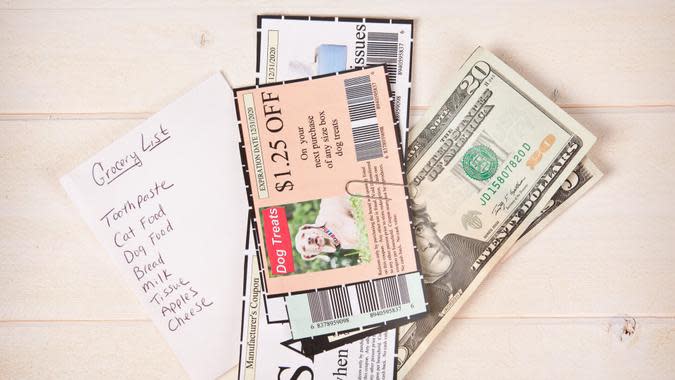
Learn the Art and Science of Couponing
According to InspiringSavings, the average shopper saves 7% by taking just a few minutes to hunt for coupons before hitting the grocery store -- but extreme couponers and other devotees are known for leveraging coupons to whittle down their bills by more than half.
The world of couponing can be overwhelming -- store vs. manufacturer coupons, single-use vs. stacking, exclusions and exceptions, etc. Different experts have different strategies, and there is no one right way to coupon, so your best bet is to start with a how-to tutorial that introduces you to the basics of couponing. Couponing 101 by Living Rich With Coupons is a good place to start, as is the Ultimate Beginner's Guide to Couponing by the Krazy Coupon Lady.
POLL: Do You Make a Weekly Meal Plan or Other Regular Household Budget?
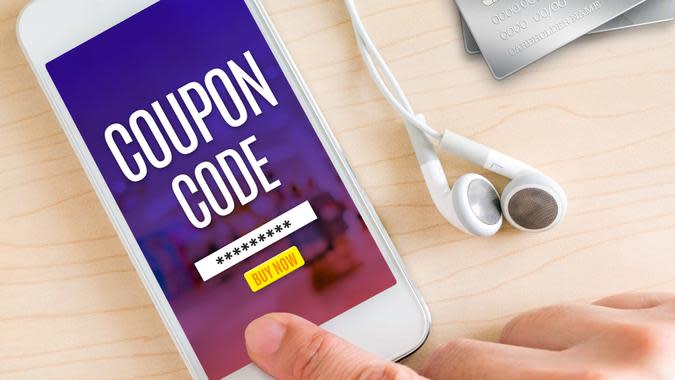
Work the Coupon Databases
The vast majority of coupons are still found in newspapers and Sunday circulars, but you don't need scissors and a print subscription to save money in the modern era. Once you've learned the basics of couponing, it's time to track down the coupons that will save you the most money on the items in your meal plan.
You can do that by signing up with a few of the big coupon databases -- that's where you'll find digitized printable versions of all the best newspaper coupons plus many more from all over the internet.
Strategic use of the following coupon databases can help you save 50% or more:
Coupons.com
SouthernSavers Coupon Database
Living Rich With Coupons Database
Coupon Mom Grocery Store Coupon Database
RedPlum
SmartSource.com
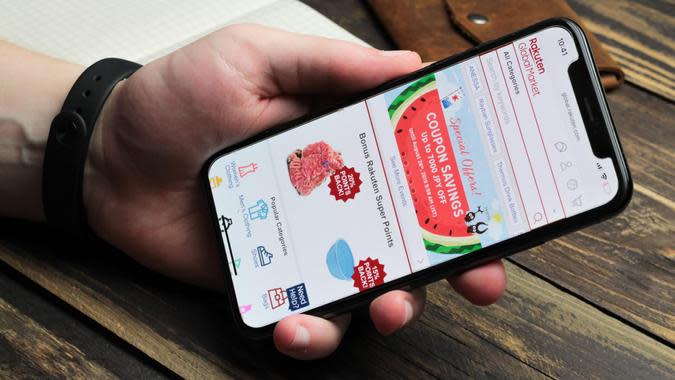
Use the Apps That Pay You Back
Once you've utilized coupons to squeeze every possible dime of savings out of your meal plan, it's time to compound your savings by using cash-back apps to bring some of the money you spent back your way.
The following apps have different formats and protocols. Some require you to submit pictures of your receipts, others ask you to scan barcodes, and with others, you shop through the app itself. The premise, however, is always the same -- get cash back and other rewards for the purchases you've already made. Try these cash-back apps next time you shop:
BeFrugal
Ibotta
Rakuten
Receipt Hog
Fetch Rewards

If You Overspend, Insist on Automated Refunds
Even the most diligent shoppers and couponers occasionally endure the sinking feeling of seeing something on sale for less after they've already bought it for more. Thanks to apps like Price Protection, buyer's remorse is now reversible.
Price Protection, an app from Capital One formerly known as Paribus, scans your email for receipts from the stores where you shop. When it finds a purchase that you made for something that's now on sale for less, the app petitions the seller to refund the difference on your behalf. It's completely free to use and so far, Price Protection has won its users $20 million in refund claims.

Use a Card That Pays You Back
After you work the coupons and the apps, you can still add a few more percentage points of savings to the tally by paying with a credit card that pays you back for swiping it at the grocery store. You can keep it simple with a flat-rate cash-back card like Citi Double Cash and Wells Fargo Active Cash, both of which pay you 2% on all purchases, including those you make at the grocery store.
You can triple that, however, with American Express Blue Cash Preferred, which pays 6% for grocery store purchases up to $6,000 annually -- the best in the industry. Citi Custom Cash pays you 5% in your highest-spending category every month, including grocery stores. Some rotating rewards cards pay you up to 5% at the grocery store during certain months. Target's RedCard lets you save 5% just by linking your debit card.
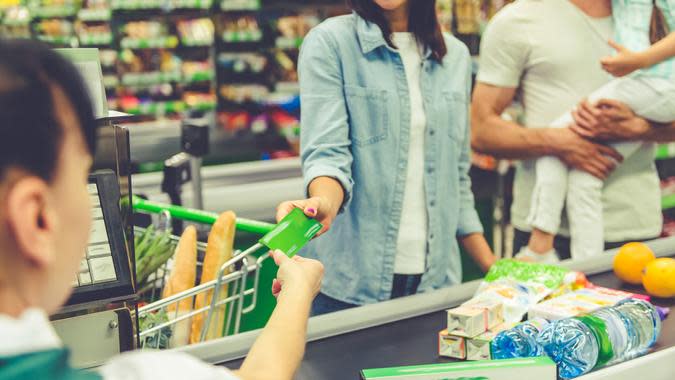
Join Your Store's Rewards Program
Just about every major supermarket chain in America -- plus plenty of mom-and-pops -- offers loyalty rewards programs that can save you money and score you exclusive deals, gifts, offers like free shipping or the chance to accumulate redeemable points.
In a recent ranking of the country's top rewards programs from Newsweek, supermarkets accounted for four of the five highest-ranked programs in the pharmacy category as well as the grocery store category -- so you can often save by buying your meds where you buy your food.
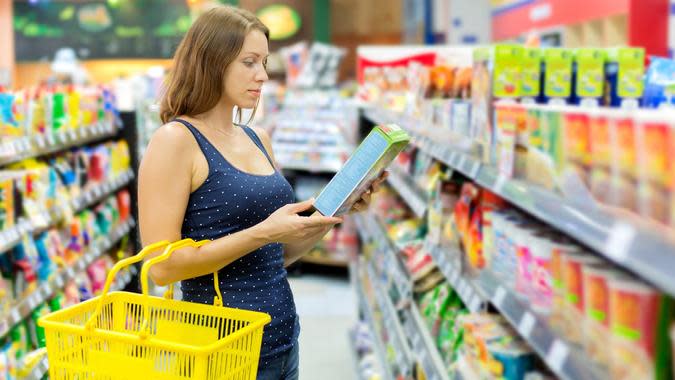
Choose the Store Brand
You can almost always save money -- a lot of money, in most cases -- by opting for the generic store label over a comparable brand name. Not only is the store brand usually identical or close to it in terms of ingredients, but generic brands are often made by the same manufacturers that produce the competitor's brand-name goods. According to Acorns, you can expect to save between 10%-30% by choosing the store label over the brand name.
More From GOBankingRates
This article originally appeared on GOBankingRates.com: How To Cut Your Grocery Bill by Potentially Up to 90%
